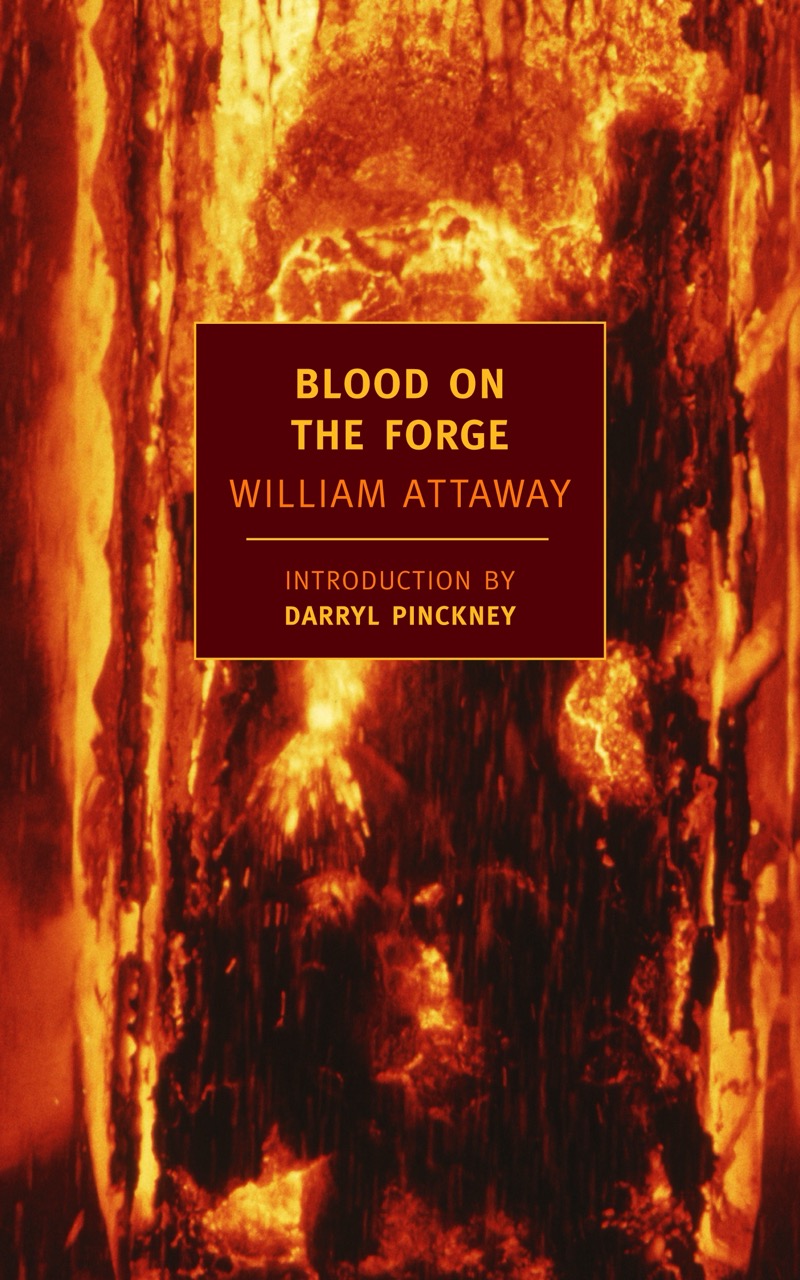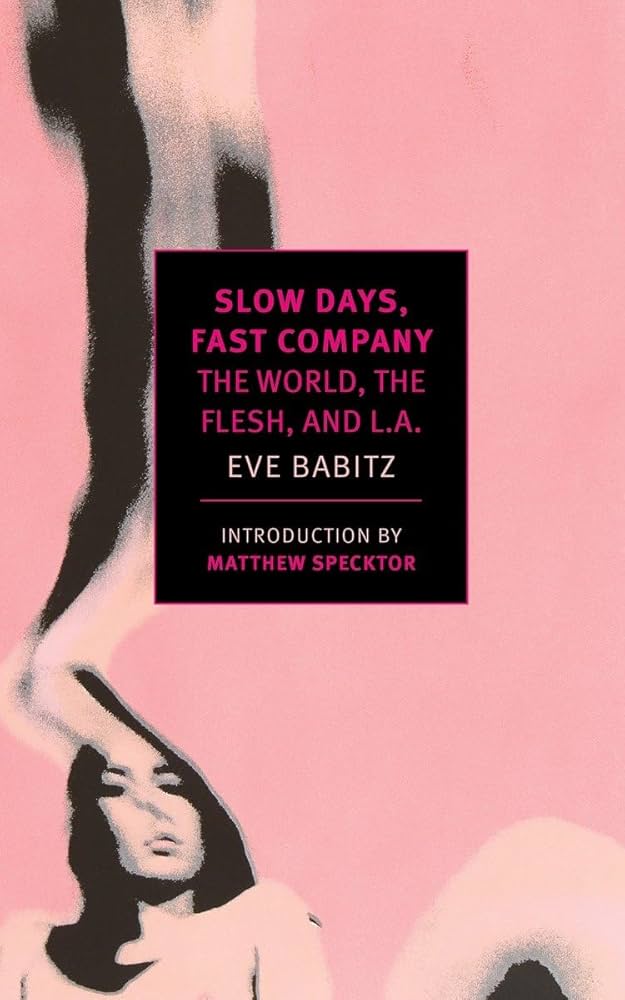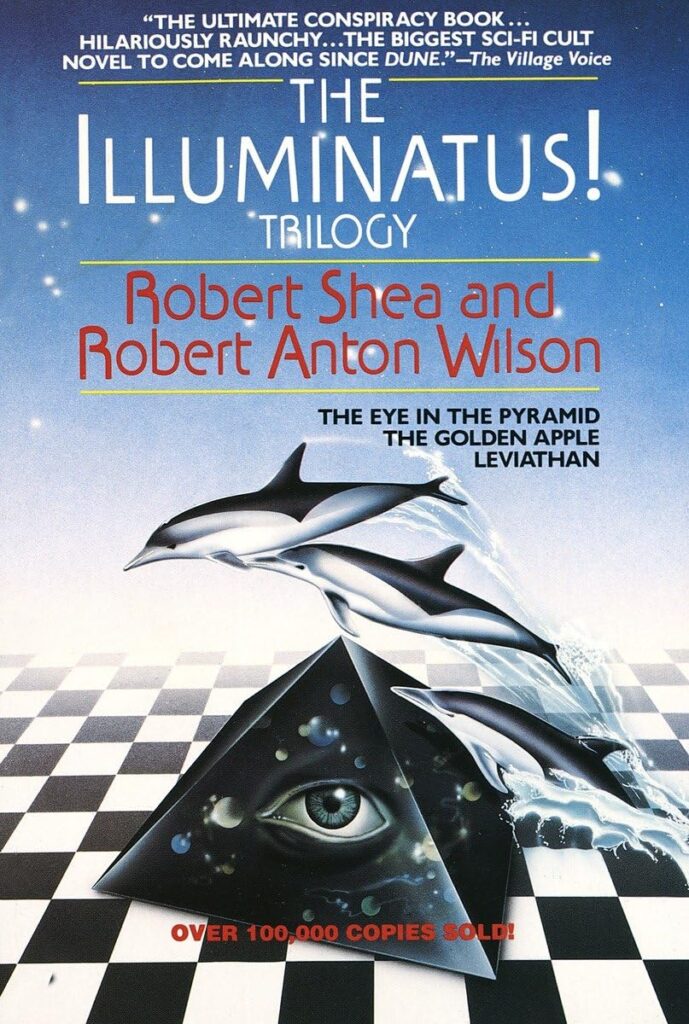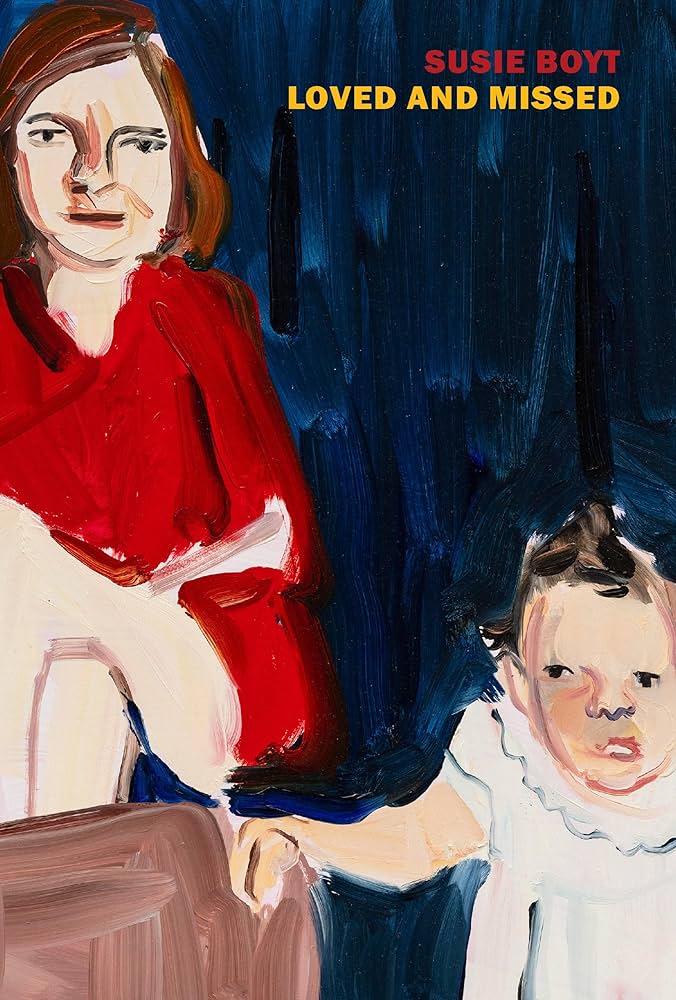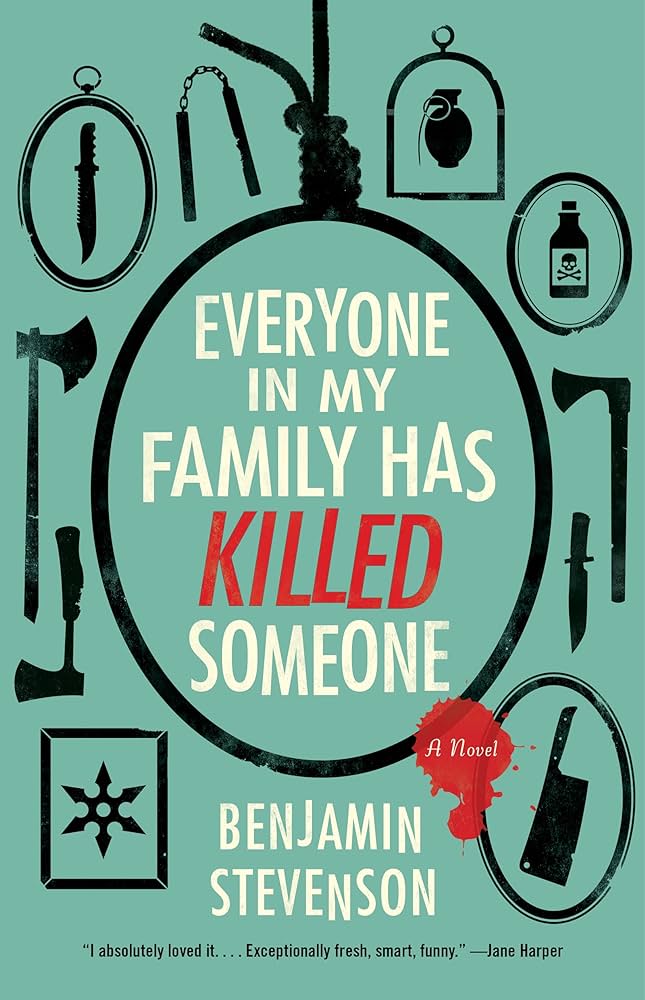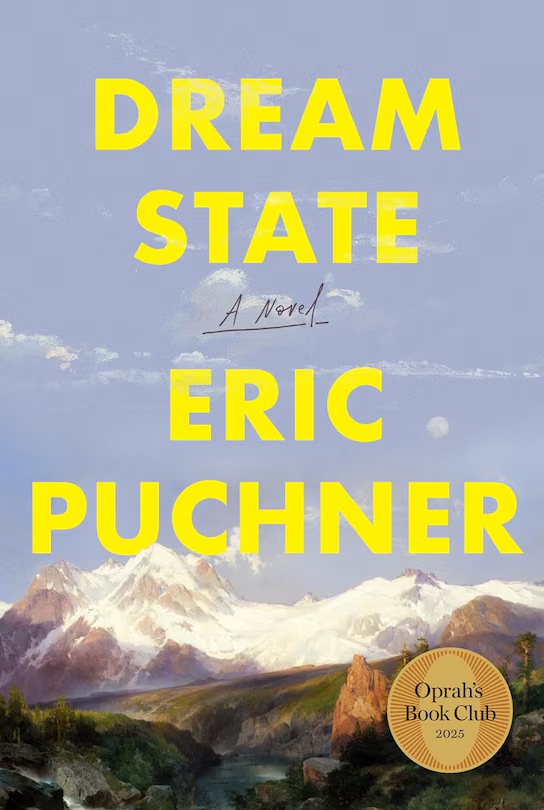Blood on the Forge is a 1941 novel by William Attaway. It’s a harrowing, unflinching account of three Black brothers who leave behind sharecropping in Kentucky during the Great Migration for the promise of work in a steel mill town near Pittsburgh. The novel is set in 1919, a period of racial and labor upheaval, and explores the brutal realities of industrial labor, racism, and the false promise of the American Dream.
Despite critical acclaim from major figures like Ralph Ellison and Richard Wright, Attaway’s fiction did not achieve commercial success. This was his last novel, following which he wrote at least one song you know: “Day-O (The Banana Boat Song)” for Harry Belafonte.
Anyway: the Moss brothers are each distinct in temperament: Chinatown is the youngest, out for fun and adventure, Melody is in the middle, a sensitive musician, and Big Mat is the strong, brooding eldest. After their mother dies on their farm and things become unbearable, they’re driven north by poverty and the hope for a better life. What they find instead is a world that’s very different but just as unforgiving as the one they left: dangerous, underpaid mill work, squalid living conditions, and a community fractured by racial and ethnic antagonism.
The novel is a tale of migration, but also a critique of the American Dream. The brothers repeatedly consider returning to Kentucky, where, despite hardship, life was at least familiar. In the steel town, they are caught in a relentless cycle of exploitation and violence, manipulated by mill owners who pit Black migrants against white immigrant laborers to undercut unionization efforts.
The last third of Blood on the Forge centers on labor unrest and unionization. Big Mat’s character arc is especially striking for its resonance with contemporary conversations about policing and state violence. Initially emptied out by his experiences, Big Mat is “healed” by a sense of brutal power after being deputized to help crush a strike:
For a long time Big Mat had been empty, like a tom paper sack inside. But all of that was over. He had begun to heal his ruptured ego with a new medicine. That medicine was a sense of brutal power. A few careless words from a police deputy had started that strange healing. This Monday would complete the cure. That the cure might be deadly was too deep a thought for him. The only thing he felt was a sense of becoming whole again. (p. 212)
Attaway’s portrayal of Big Mat’s descent into violence, his absorption of the brutality wielded by law enforcement, parallels how modern policing in the US can be dehumanizing, even for those coerced into its service:
He had attacked those people who wanted nothing more than to reach their homes in safety. He had drunk out of the deputies’ bottles until he was blind with whisky and power. Like the deputies and troopers, he no longer needed reasons for aggression. Cruelty was a thing desirable in itself. (p. 216)
Big Mat’s transformation is not just personal but emblematic, a reflection of how systems of exploitation and violence perpetuate themselves, both in the steel mills of 1919 or the workplaces of today.
Attaway’s prose is vivid, tightly controlled, and often brutal. The novel is short but relentless, with a narrative style that alternates perspectives between the brothers and offers a view of both the mill town and the inner lives of its characters.
The dialogue is arresting and the imagery evocative. The landscape itself is a character, reflecting both the promise and devastation of industrial America.
Ignored by mainstream critics for decades, Blood on the Forge was republished by NYRB in 2025, and reads like it belongs on a modern university curriculum. The novel’s depiction of the Moss brothers’ psychological and social disintegration remains powerful and relevant.

